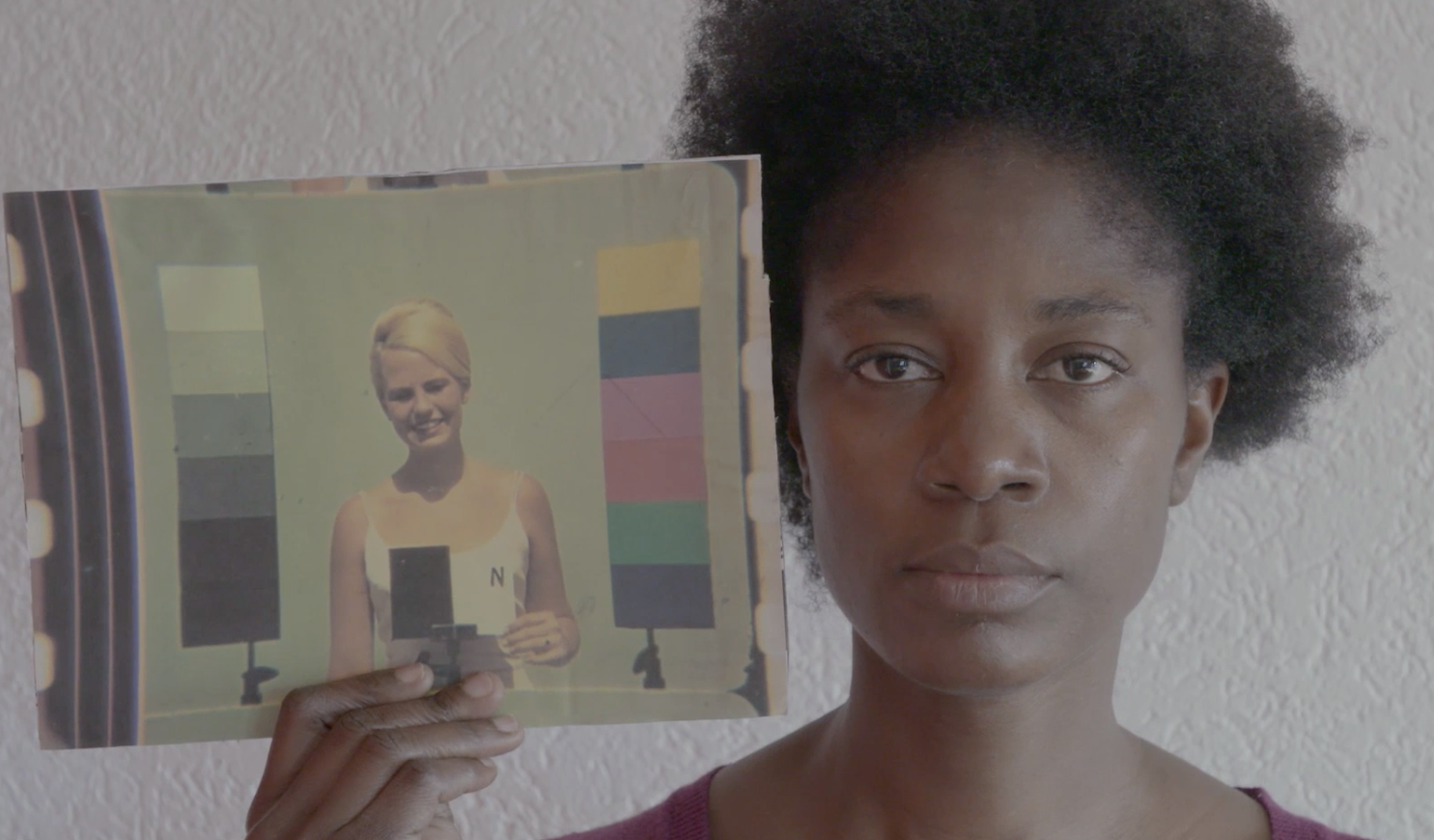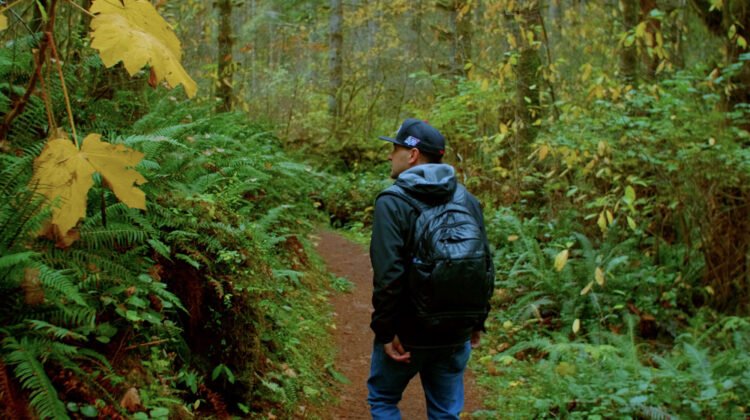Film reviews: Two experimental documentaries decolonize film in thought-provoking ways
maɬni – towards the ocean, towards the shore digs into Pacific Northwest Indigenous identity while Prism shows the true colours of cinematic bias
Prism plays with film’s colour calibrations, and the inherent bias in the medium.
Pacific Northwest nature meets Indigenous spirituality and identity in the mesmerizing maɬni – towards the ocean, towards the shore
ANYONE WHO’s walked the forests of the Pacific Northwest—felt the mist on their face, smelled the cedar, and listened to the rushing water—knows there’s something spiritual about the experience.
Sky Hopinka’s experimental feature documentary maɬni – towards the ocean, towards the shore captures a bit of that magic, centring it in Indigenous belief systems and language, but also grounding it in the here and now. As Sweetwater Sahme, a young pregnant woman whom Hopinka follows into the woods for a waterfall ritual puts it in plain language: “You don’t have to say much. It’s a feeling or an energy.”
Maɬni is one of two paradigm-shifting documentaries playing at The Cinematheque, both decolonizing film in innovative, visually striking new ways—Hopinka’s from an Indigenous perspective, Prism from that of the African diasporia.
Hopinka focuses on his friends Sweetwater and Jordan Mercier as they contemplate parenthood, ancestral bonds, Indigenous identity, and their place in the universe. Hopinka intersperses their thoughts, expressed in Chinuk Wawa and English with Chinuk Wawa and English subtitles, with mesmerizing imagery—not just impressionistic panoramas of ocean waves and fern-lush forests, but in shots that show the collision of Indigenous land-based culture and contemporary “progress”. Powwows take place across a football field and, in one striking scene, Indigenous men row traditional canoes past an industrial factory on the waterfront. The electroacoustic score heightens the dreamlike feeling.
The simple teachings that Sweetwater and Jordan share here mesmerize, Hopinka depicting their worldviews in a style that’s the antithesis of voice-of-god anthropological documentaries. Instead, maɬni deals in expressive images and feeling. What if, as Jordan has been taught, infants are born knowing “everything”, and they slowly forget as they grow older? Or that the water from a waterfall could nourish an unborn child and wash her in the love of hr ancestors? Expect maɬni to quietly shift your perspective on time, mortality, and the universe.
Meanwhile, in Prism, Belgian filmmaker An van. Dienderen invites Brussels-based Cameroonian Rosine Mbakam and Paris-based Burkina Faso native Eléonore Yameogo to tackle the subject of skin colour and bias in film. They start by exposing the roots of a technology that was originally developed, as far back as the 1920s, for white complexions. A recurrent image here is shots of “China girls”—the puzzlingly named term for white women who would pose with a colour bar to help filmmakers calibrate lighting for a shoot. Then each director, in what van. Dienderen describes as a kind of “chain letter”, goes off in her own direction to explore the implications of that technological bias—and to challenge it.
The result is a mix of critical discussion, archival imagery, personal reflections, and bold new experiments by the trio of filmmakers—interwoven with their own unscripted Zoom discussions around the subject matter. The directors interrogate photographers, film professors, and other experts about the limitations and rich potential for filming Black skin.
But the strongest moments come not so much through spoken discourse but in the images these women create in their vignettes. Most strikingly, Mbakam reimagines and re-empowers Marie-Guillemine Benoist’s Portrait de négresse/Portrait de Madeleine (the controversial 1800 painting of a Black servant woman with her breast exposed) through film; later, she attempts to shoot herself with her white husband and mixed-race child, honouring all three with properly calibrated “exposure”. Van. Dienderen takes a long tracking shot through a university campus to a constructed set, designed to look like a home, where everything, from the fruit platter to the furniture is painted white, a mixed-race couple sitting still for the camera. There’s also a cleverly restaged shoot of Man Ray’s Noire et Blanche, his famous depiction of a flapper-cropped woman holding a black African mask.
The discussion here delves into complex theoretical territory. Mbakam expresses the point of view of the camera as a colonial invention, developed within a colonized world: the camera is the “North,” guiding the way we see the “South”. And so Prism looks far beyond film stock, calibration, and skin tone into the long history of power dynamics in cinema-making, and the relationship between who is behind the camera and who is in front of it. With these women in control of the lens, you're left with the distinct impression that change is within grasp.















